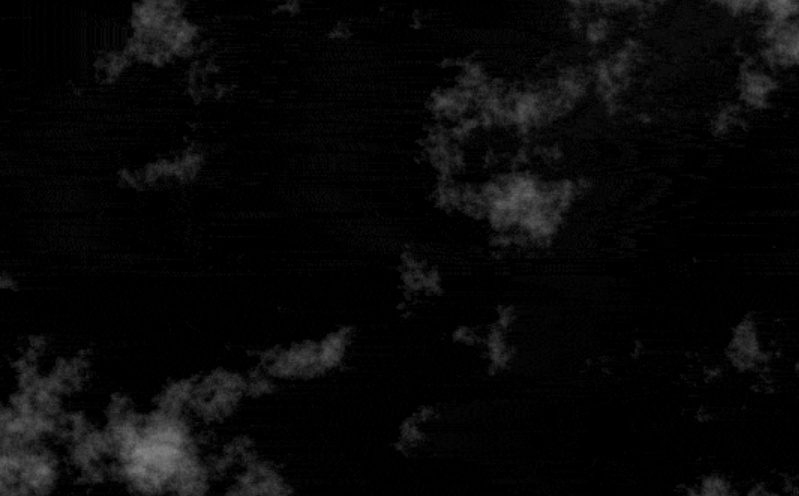I’ve been thinking more about the ideas I wrote about in designing the generative dimension and walking through the generative dimension. One of the major things I’m interested in is the shape of this space of possible things: every rule system describes a space of existence, in opposition to the void of non-existence.
Which is basically a bunch of big words to say that some things are possible and some things are not, but I think a lot of the rhetoric of procedural generation–and generative processes more broadly–still misses this point. Practitioners are less likely to make this mistake, of course. I’ve been excited about the academic discussion on information theory, Kolmogorov Complexity, and Dearth of the Author, for example. But I think that it’s worth thinking about how generative design is often about making choices about what should be left out.
A generator can’t make everything; even the big language models that have overrun everything have word orderings that are impossible for them to ever construct. It’s invisible to us, because we can see how the language allows us to say this thing or paint that picture or do this sequence of actions, but the generative process might very well have a gap there that’s invisible to us. Perlin noise is never going to have a straight line carved down the middle.

You can try to go Library of Babel and construct an exhaustive space of every possible configuration of letters–but that becomes its own problem. Yes, technically there exists a book in the Library that, when properly decoded, results in the exact information you were looking for. But the decoding method itself contains information.
A generator, therefore, is a statement of existence. This thing should exist. That thing should not. The rules describe a shape of existence. Researching generativity is an investigation into the rhetoric of existence.